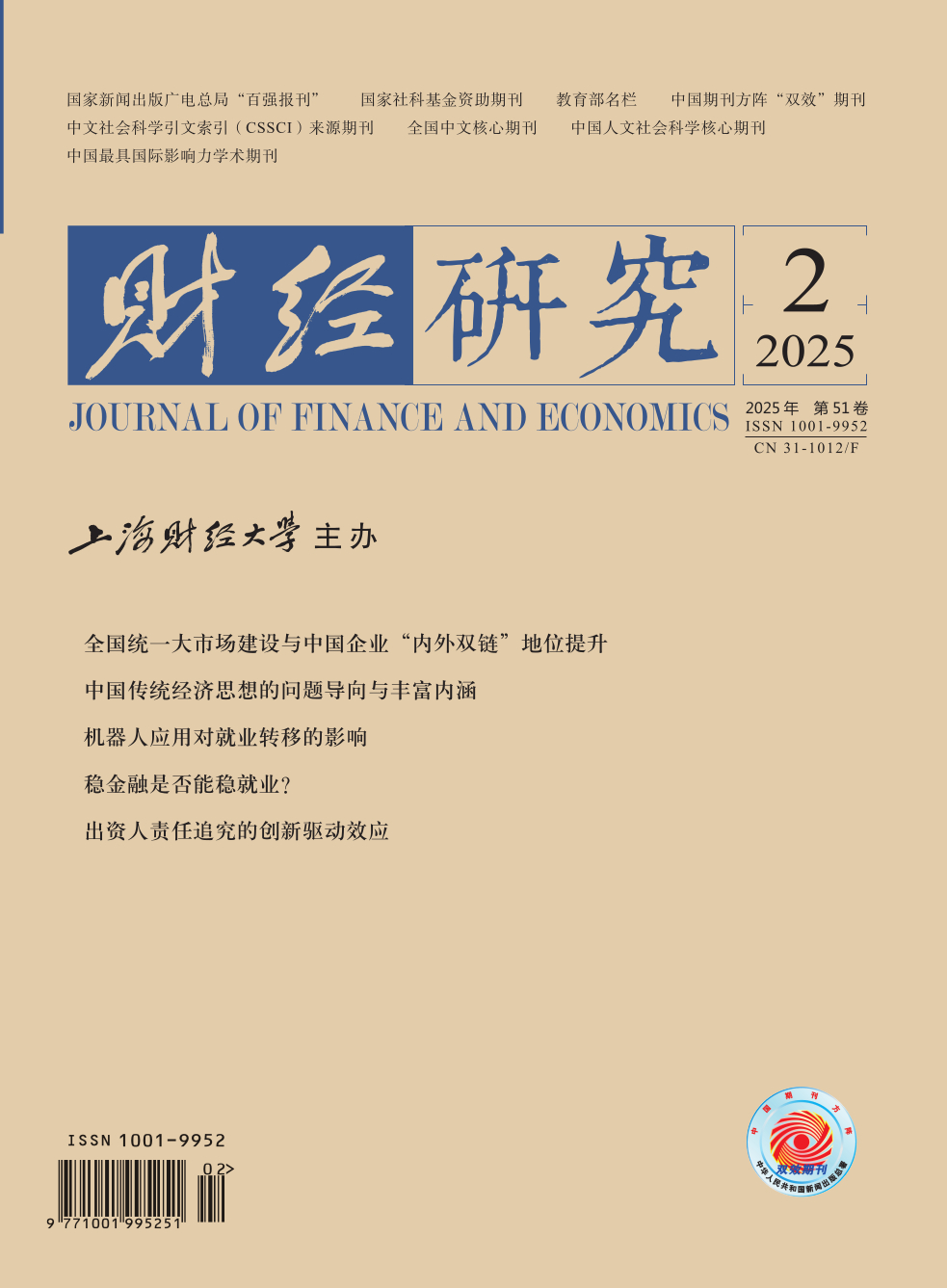Under the background of the impact of the COVID-19 epidemic and the rising global economic uncertainty, SMEs have increased difficulty in financing and employment. How to “stabilize employment” has become the key to promoting high-quality economic development. The new regulations on asset management, as an important measure for strong financial regulation, may also have an impact on labor employment.
Taking the data of non-financial listed companies from 2007 to 2021 as the sample, and using the quasi-natural experiment of asset management regulations, this paper tests the impact of stabilizing finance on corporate employment. The study finds that after the implementation of asset management regulations, the corporate employment level increases significantly in enterprises with a higher level of shadow banking scale. Mechanism analysis shows that asset management regulations affect corporate employment through investment substitution mechanism, liquidity fund occupation, and credit screening mechanism. Heterogeneity analysis shows that asset management regulations have a stronger role in promoting corporate employment in enterprises with higher accounting information quality, high-tech enterprises, and enterprises with better internal governance. Extensive analysis shows that the increase of the degree of “short-term loan used as long-term investment” and the decrease of corporate uncertainty awareness will play a negative role in regulating the relationship between asset management regulations and corporate employment.
This paper has the following marginal contributions: First, it expands the literature on factors influencing corporate employment, which is innovative in research perspective. Second, it clarifies the mechanism of the role of asset management regulations on corporate employment, and thus improves the existing theoretical impact mechanism on the allocation of production factors in micro-enterprises by asset management regulations. Third, it explores the economic consequences of asset management regulations. The study provides empirical evidence and policy guidelines for better utilizing financial policies in preventing systemic financial risks and promoting better financial services to the real economy and employment stability.
The policy suggestions are as follows: First, there is a need to strengthen functional financial regulation and build a modernized financial regulatory system. Second, it is necessary to curb bank credit discrimination and improve the efficiency of financial intermediaries in credit screening. Third, attention should also be paid to the transparency of corporate financial statement disclosure. Fourth, it is necessary to promote the optimal allocation of capital and discourage corporate maturity mismatches.





 193
193  182
182
